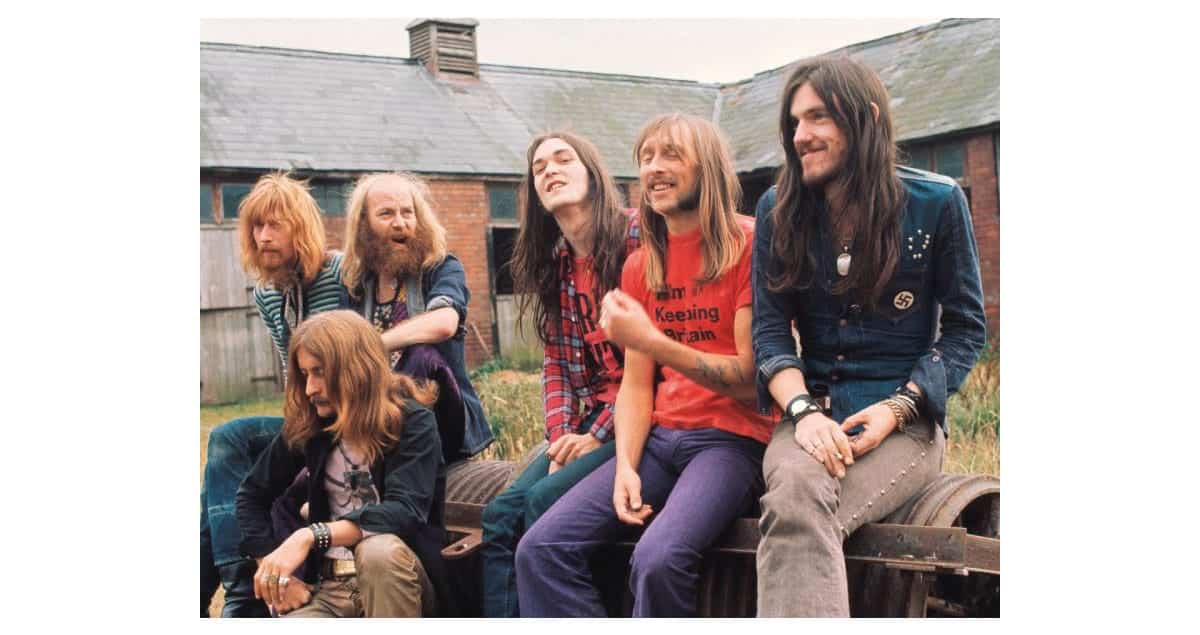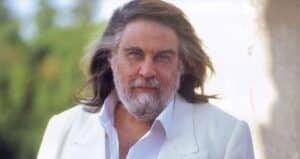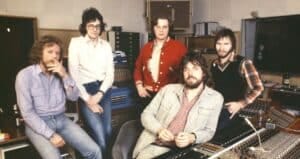Hawkwind: Pioneers of Space Rock and Psychedelic Experimentation
Hawkwind is an iconic English rock band formed in 1969 in Ladbroke Grove, London. Renowned as pioneers of the space rock genre, their music combines hard rock, psychedelia, and science fiction themes. Over the decades, Hawkwind has maintained a cult following and is considered one of the most influential bands in experimental and underground rock music.
1. Formation and Early Days
Hawkwind was founded by:
- Dave Brock – Guitar, Vocals, and Keyboards (the band’s primary creative force).
- Mick Slattery – Lead Guitar.
- Nik Turner – Saxophone and Flute.
- John Harrison – Bass Guitar.
- Terry Ollis – Drums.
- Dik Mik Davies – Electronics.
Initially known as Group X, they quickly adopted the name Hawkwind Zoo, later shortened to Hawkwind.
2. Musical Style and Influences
Hawkwind’s sound evolved significantly over their career, but their signature style includes:
- Space Rock: Psychedelic soundscapes, repetitive grooves, and cosmic themes.
- Krautrock and Experimental Rock: Emphasis on improvisation and avant-garde elements.
- Hard Rock and Proto-Metal: A driving, riff-heavy sound, particularly in their early works.
- Electronic Influences: Use of synthesizers and electronic effects for otherworldly atmospheres.
Their lyrics often explore science fiction, space exploration, counterculture, and mysticism. Influences include Pink Floyd, Grateful Dead, Can, and Amon Düül II.
3. Key Albums and Career Milestones
1. Hawkwind (1970)
Their self-titled debut album introduced their experimental, bluesy psychedelic rock.
- Key Tracks: Hurry On Sundown, Be Yourself
2. In Search of Space (1971)
The album marked the emergence of their space rock identity, with expansive soundscapes.
- Key Tracks: Master of the Universe, You Shouldn’t Do That
3. Doremi Fasol Latido (1972)
The band’s heavier sound came to the forefront, with the addition of bassist Lemmy Kilmister.
- Key Tracks: Brainstorm, Lord of Light
4. Space Ritual (1973)
A legendary double live album, regarded as one of the greatest live recordings in rock history.
- Key Tracks: Born to Go, Orgone Accumulator, Sonic Attack
5. Hall of the Mountain Grill (1974)
A mix of heavy rock and lush instrumentation, considered a peak in their studio recordings.
- Key Tracks: The Psychedelic Warlords (Disappear in Smoke), D-Rider, Wind of Change
6. Warrior on the Edge of Time (1975)
A concept album inspired by Michael Moorcock’s fantasy novels, blending sci-fi with mythology.
- Key Tracks: Assault & Battery, The Golden Void, Magnu
7. Later Albums
- Quark, Strangeness and Charm (1977): More electronic and experimental.
- Levitation (1980): Features drummer Ginger Baker of Cream.
- Chronicle of the Black Sword (1985): Based on Moorcock’s Elric saga.
- The Machine Stops (2016): A concept album based on E.M. Forster’s dystopian novella.
4. Discography Overview
Hawkwind has released over 30 studio albums and numerous live recordings. Some key albums include:
- Hawkwind (1970)
- In Search of Space (1971)
- Doremi Fasol Latido (1972)
- Space Ritual (1973)
- Warrior on the Edge of Time (1975)
- Levitation (1980)
- The Machine Stops (2016)
- Somnia (2021)
5. Band Members and Lineup Changes
Hawkwind is notorious for its numerous lineup changes. However, Dave Brock has remained the band’s consistent member and leader. Notable members include:
- Lemmy Kilmister: Bassist (1971–1975), later the founder of Motörhead.
- Nik Turner: Saxophonist and flautist, known for his eccentric stage presence.
- Robert Calvert: Vocalist and lyricist, who brought theatrical elements to their performances.
- Simon House: Violinist, whose work added a new dimension to their sound.
- Ginger Baker: Drummer, who briefly played with the band in 1980.
6. Notable Facts and Legacy
- Founders of Space Rock: Hawkwind essentially created the space rock subgenre, influencing bands like Ozric Tentacles, Monster Magnet, and Porcupine Tree.
- Lemmy’s Departure: Lemmy’s dismissal in 1975 led to the creation of Motörhead, whose name came from a Hawkwind song.
- Collaboration with Michael Moorcock: The science fiction author co-wrote songs and performed live with the band.
- The “Hawkwind Sound”: Their repetitive, hypnotic grooves became a hallmark of the space rock aesthetic.
- Live Performances: Known for their elaborate stage shows, including light displays, dancers, and theatrics.
- DIY Ethos: Despite their success, Hawkwind has maintained a fiercely independent approach to music.
7. Similar Artists
Fans of Hawkwind may also enjoy:
- Pink Floyd: For their spacey and experimental rock.
- Gong: A fellow psychedelic and space rock band.
- Ozric Tentacles: Instrumental space rock with a modern twist.
- Can: For their improvisational and avant-garde elements.
- Porcupine Tree: For progressive and atmospheric rock.
8. Legacy and Influence
Hawkwind’s influence on progressive rock, psychedelic music, and heavy metal is immense. They helped define the space rock genre, blending innovative sonic experimentation with compelling narratives. Albums like Space Ritual and Warrior on the Edge of Time remain cornerstones of progressive and psychedelic rock. The band’s enduring career and ability to adapt their sound have cemented their status as true legends of underground rock.




